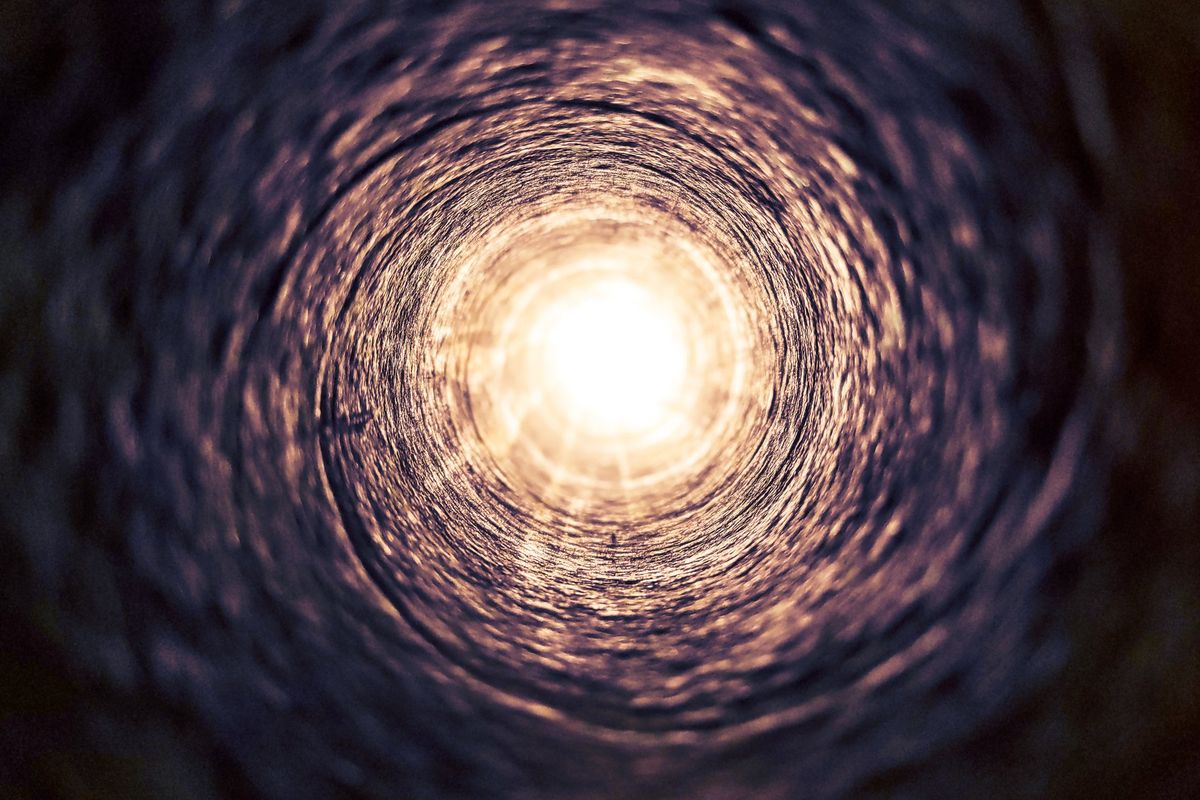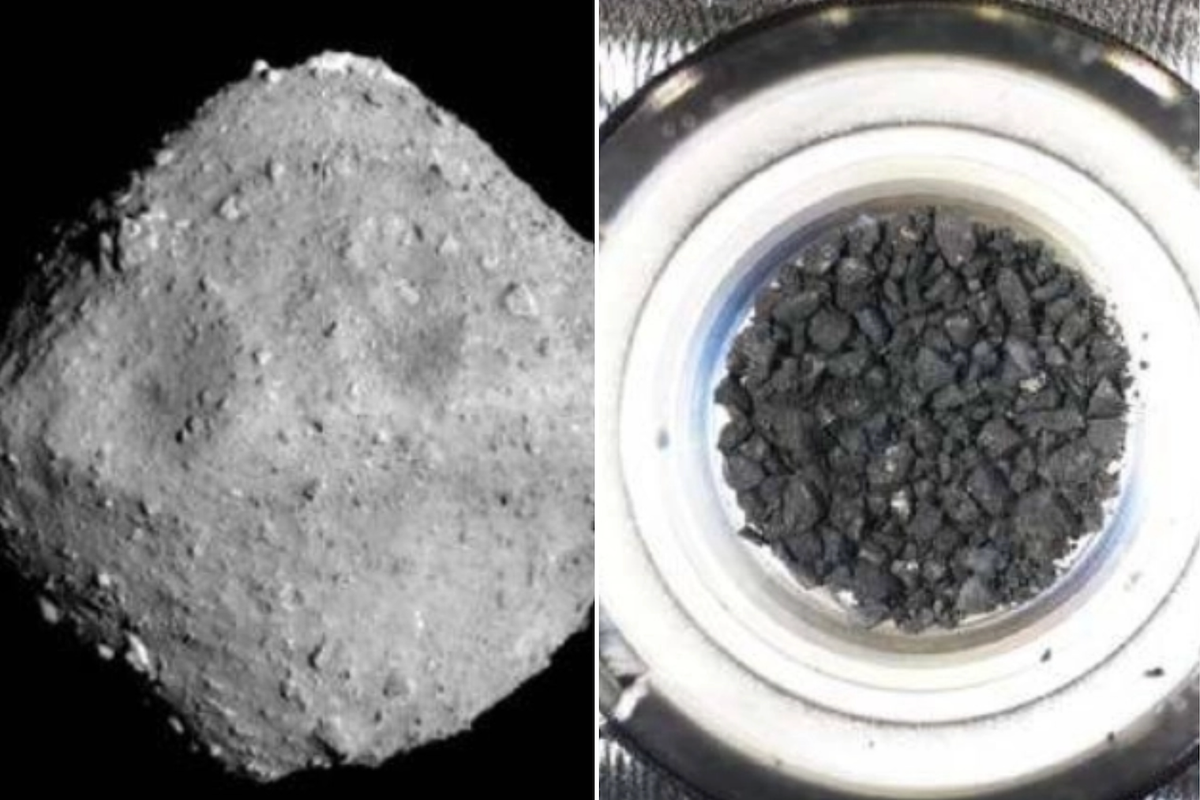News
Becca Monaghan
Jun 13, 2025
Is This The Future of Ear Cleaning? Headphones?
ZMG - Buzz60 / VideoElephant
TikTok has done it again. One minute it's dance routines and pasta recipes, the next it's got everyone fixated on... earwax. Yes, really. The app that brought us skincare hacks and slugging is now home to a bizarrely gripping new obsession: cleaning out your ears.
What seems like a standard hygiene routine has become the latest ASMR-fuelled craze, seemingly to promote commissioned products on the platform, with creators using all sorts of gadgets to extract alarmingly large chunks of wax on camera. The result? Thousands of views, a collective sense of satisfaction, and a growing curiosity about our inner ears.
But before you go fishing around with an endoscope, it begs the question – are these tools actually safe, or should we be leaving the deep-cleaning to the pros?
@ieds1354vly If you're not using these, START 😅 ear wax removal tool with camera earcleaning #earwax #eardrum #earwaxremovaltool #tiktokshopdeals #tiktokshopfinds #TikTokShopSpringGlowUp
Charley Whitehead, senior audiologist at Northwest Hearing and Clear2Hear Ear Wax Removal, has a clear message for the TikTok masses: step away from the DIY ear irrigation kits. Used incorrectly, they can “cause trauma to the ear canal and eardrum” – and trust us, that’s as nasty as it sounds.
“The ear is an extremely delicate structure, and when performed unsafely, trauma, infection, and eardrum perforations (serious and painful) can occur,” Charley told Indy100. Doesn’t exactly sound worth the risk for a few seconds of ASMR satisfaction.
But are those jaw-dropping TikTok extractions really what most ears look like? Not quite. Charley says many of the viral videos are curated more for the “epidemic of ‘satisfying videos’” than medical accuracy.
“Whilst they can be satisfying to watch, some are unrealistic expectations for viewers at home,” she explains. Ear canals, she adds, vary in “shape, sizes and wax capacity,” meaning what works for one person might completely block another’s ear and cause issues like hearing loss or tinnitus.
@moob1511 Replying to @Pam Strader #earwax #earwaxremoval #ears #cleaning #shortsformen
There are genuinely helpful and educational clips out there, but “only when produced by appropriately trained healthcare professionals should they be trusted.”
Aside from jazzy-looking tools, most of us are clued up on the dangers of cotton buds by now (they just push wax further down), but Charley says people are getting creative – and not in a good way. She’s seen everything from bobby pins to pen lids being used as makeshift tools. “This can cause significant damage to the ear canal lining and introduce harmful bacteria, making an infection more likely,” she shared.
And then there’s the more ‘holistic’ side of TikTok’s ear-cleaning craze: Hopi ear candles. They might look the part and promise an ear detox, but according to Charley, they’re not all they’re cracked up to be. In fact, she says they’re simply an ineffective method that only appears to remove wax – mostly because the inside of the candle is lined with paraffin or soy wax.
“Whilst serving as a method of relaxation, the risk of burning the ear canal from ash and melted wax is also likely, and the procedure has no benefit in removing wax safely,” she added.
Now that we’ve cleared the wax on what not to do (step away from the pen lids and paraffin, please), it’s time to get to the good stuff. Here’s what you should know about keeping your ears happy and healthy – straight from the expert herself:
What are the symptoms of earwax buildup – and when should we be concerned?
Charley says common signs include itchiness, a feeling of fullness in the ear, pain or general discomfort, and even temporary hearing loss. Some people also experience tinnitus (that annoying ringing sound), dizziness, or surprise – coughing, thanks to a nerve in the ear being tickled by the wax.
What happens if left untreated?
Charley explains that while earwax impaction isn’t life-threatening, it can cause quite a few unwelcome problems. Persistent hearing loss is the big one – which can seriously affect communication and everyday life. You might also experience discomfort or pain, and over time, the wax can harden, making it trickier and more unpleasant to remove.
There’s also the risk of otitis externa (that’s an infection of the outer ear), ongoing tinnitus that can take a toll on your mental wellbeing, and even episodes of vertigo. If you notice any of these symptoms, it’s time to get checked out by a professional. Charley says an otoscopic examination – a quick, minimally invasive look inside your ear with a handheld microscope – is how experts spot earwax build-up and decide on the best course of action.
Are there any safe at-home treatments in the meantime?
Charley says the go-to for prepping stubborn earwax is usually some form of ear drops, which you can pick up over the counter at pharmacies or supermarkets. These come in water-based or oil-based varieties and work by thinning and softening the wax, helping it move more freely as your ear naturally pushes it out.
There’s no solid evidence to say which type is best – it really depends on the individual. However, harsher drops like sodium bicarbonate and urea hydrogen peroxide can irritate the delicate lining of your ear canal. For a gentler option, Charley recommends natural oils such as olive, almond, or peanut oil (just be careful if you have any allergies). One important note: don’t ever use cooking oil, as it’s not purified for ear use.
Oil-based drops are often easier to apply in spray form but shouldn’t be stored in the fridge. Cold oil can trigger a dizzy spell or vertigo by stimulating your ear’s balance system. To avoid this, test the drops on the back of your hand first and aim to use them at room temperature. If needed, warming the bottle in a warm room or standing it in warm water for a few minutes before use does the trick.
While no drops guarantee a full wax removal on their own, Charley says they’re handy for treating dryness and helping prevent frequent buildup when used correctly.
Any final words of advice?
Charley keeps it simple: don’t try this at home.
“My advice to any individual considering an at-home remedy to earwax removal is DON’T,” she says – and she means it. When it comes to getting your ears cleaned, she urges people to see someone properly qualified. That means audiologists, ENT nurses, doctors or consultants – not just someone who’s done a two-day ear wax removal course.
@clear2hear EAR WAX REMOVAL - GAMER EDITION PART 2🎮🎧😅 #earwaxremoval #earcleaning #satisfyingvideo #satisfying #earwax #earirrigation #reels #foryoupage #foryou
“Unfortunately, many members of the public are putting their trust in ‘ear wax removal’ experts without understanding the person they are putting their trust in,” she warns.
Her golden rule? “Always check someone's professional training background if you are trusting them with your earwax removal procedure.”
Sign up to our free Indy100 weekly newsletter
How to join the indy100's free WhatsApp channel
Have your say in our news democracy. Click the upvote icon at the top of the page to help raise this article through the indy100 rankings.
Top 100
The Conversation (0)













